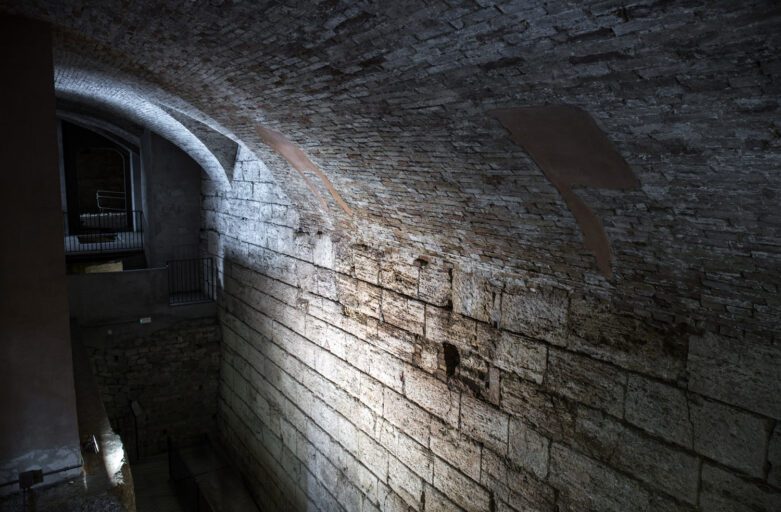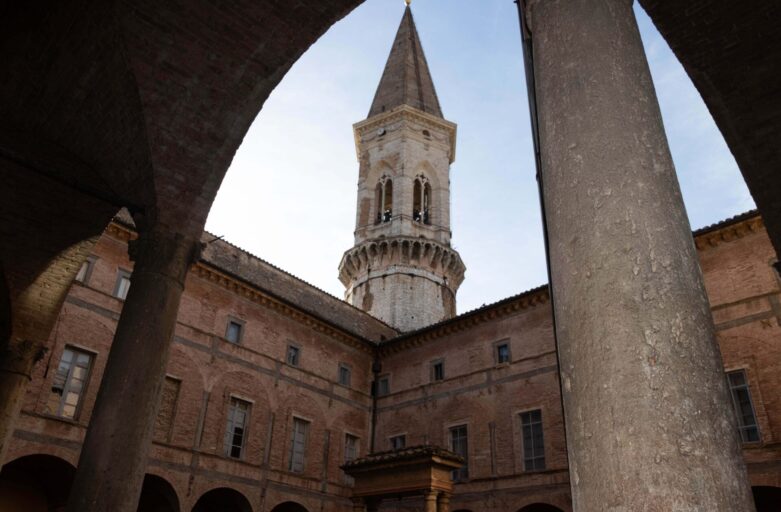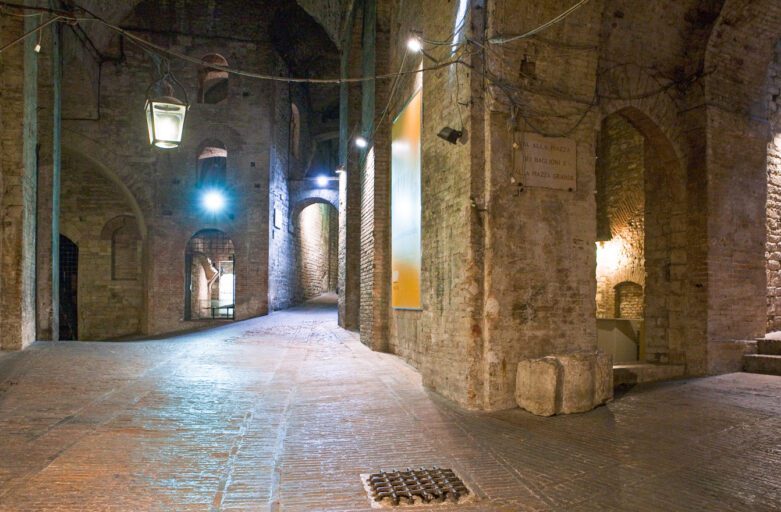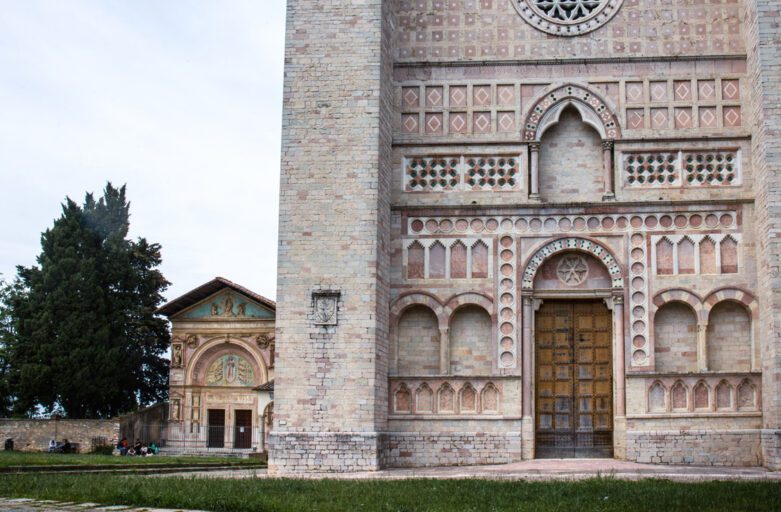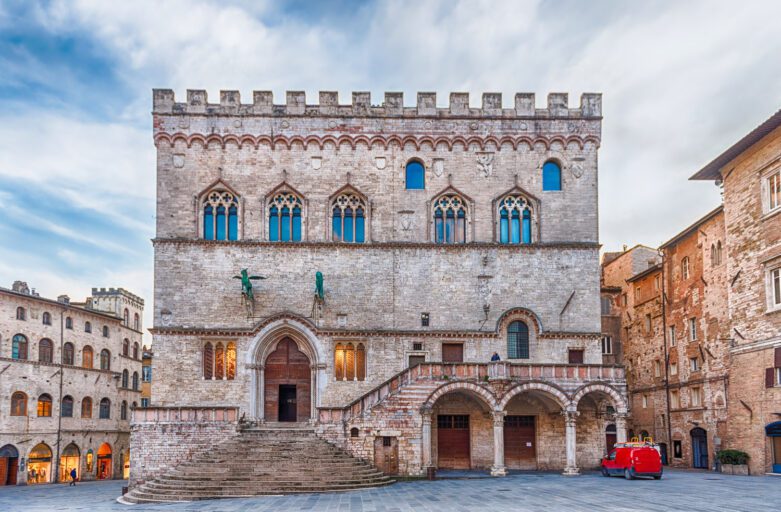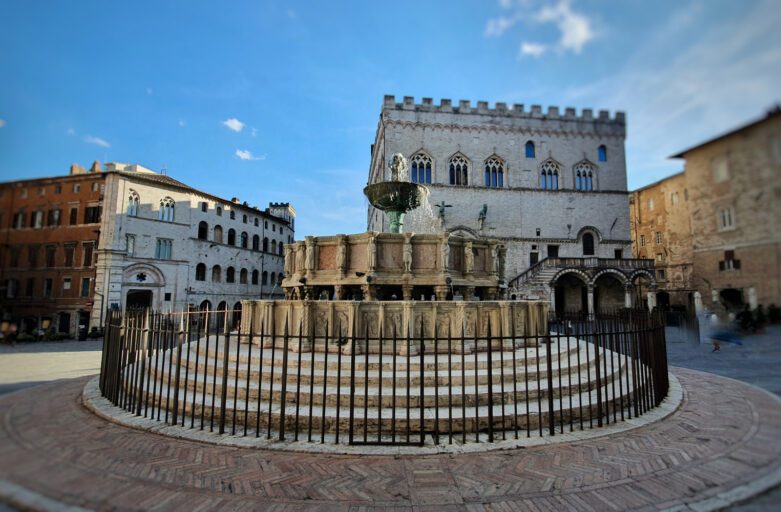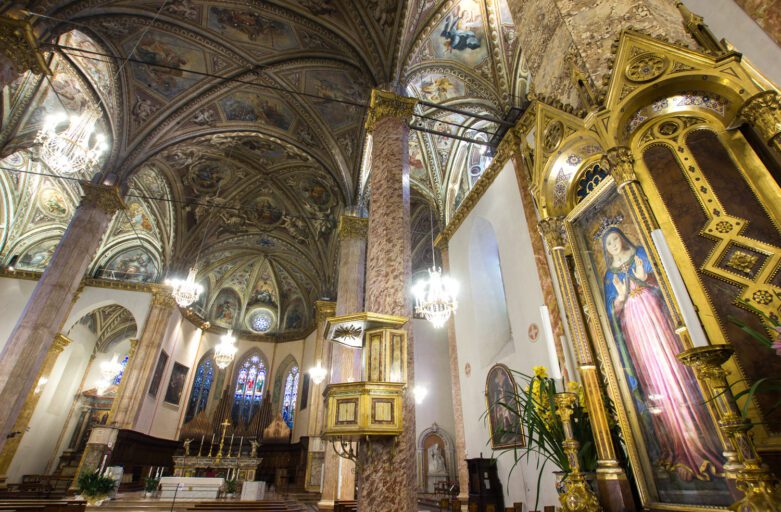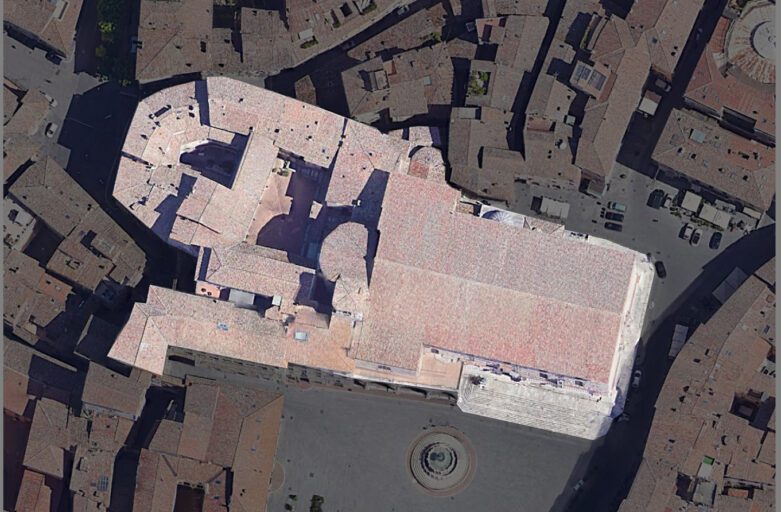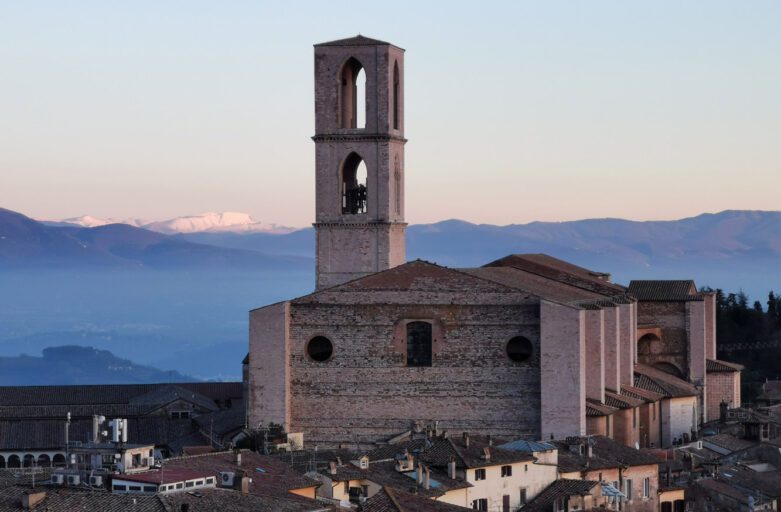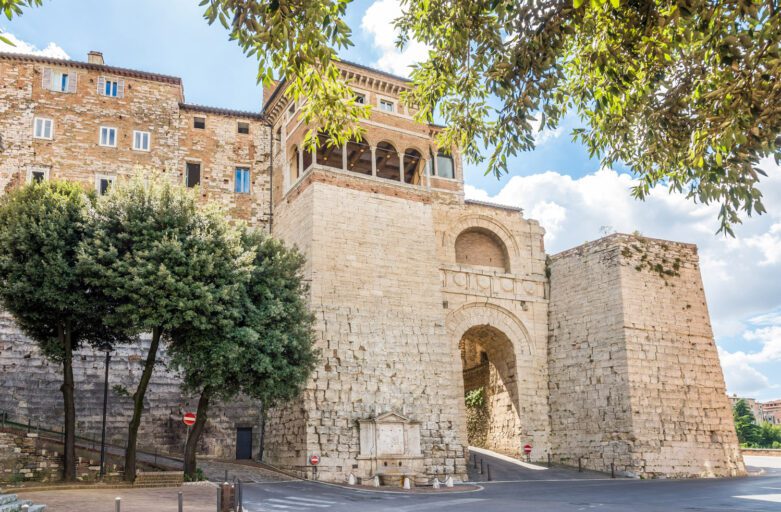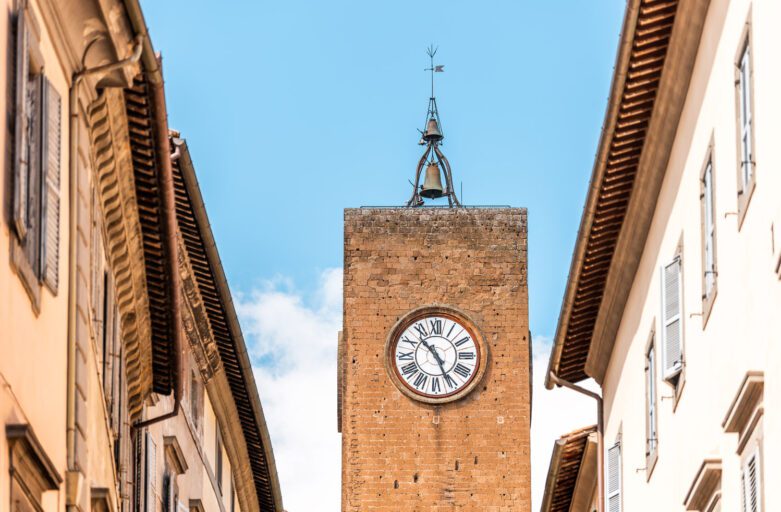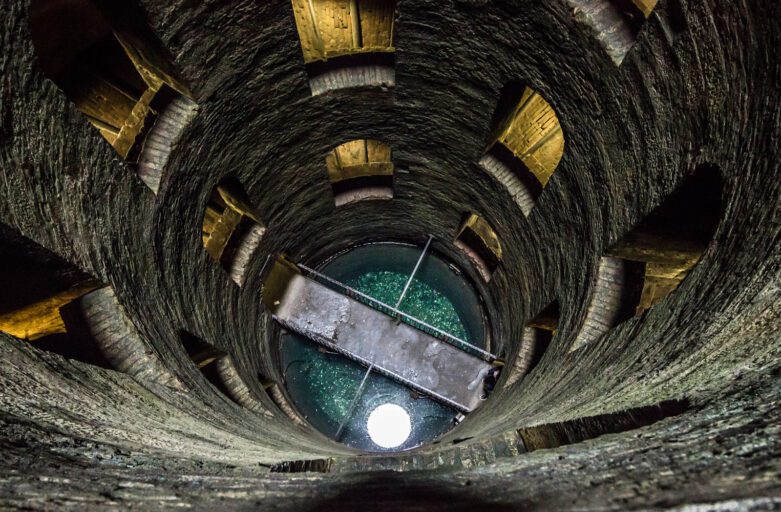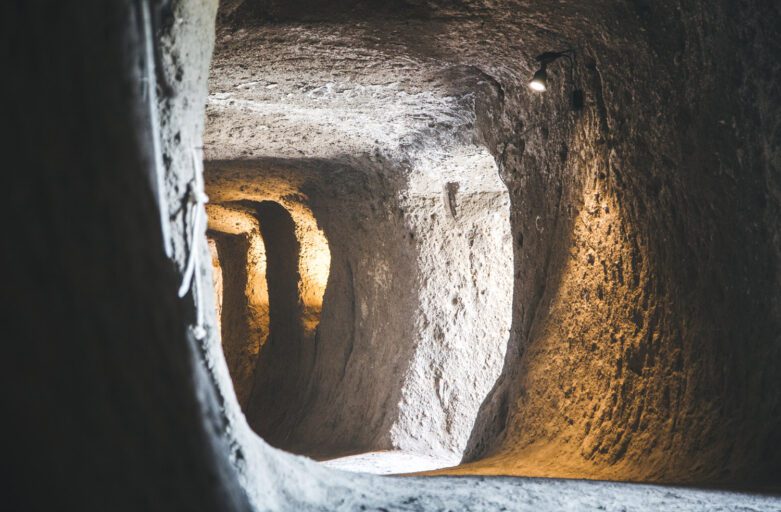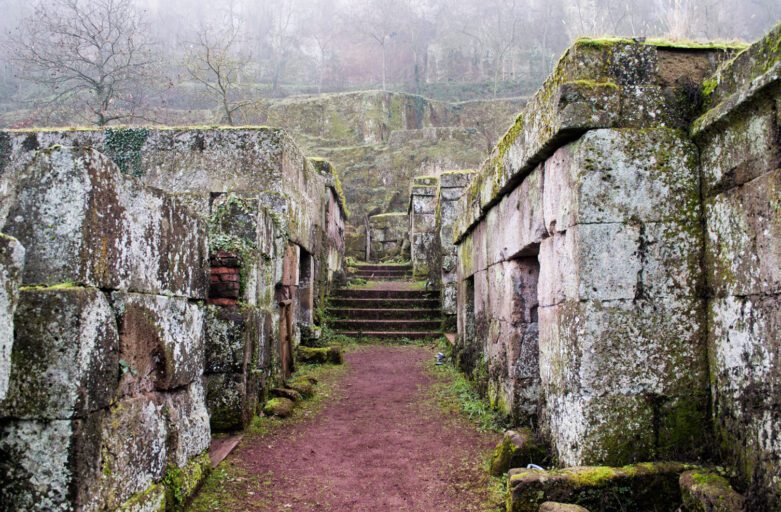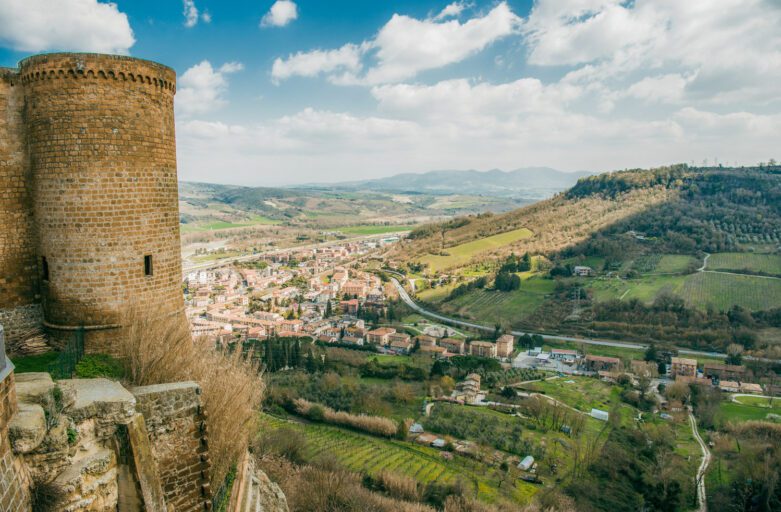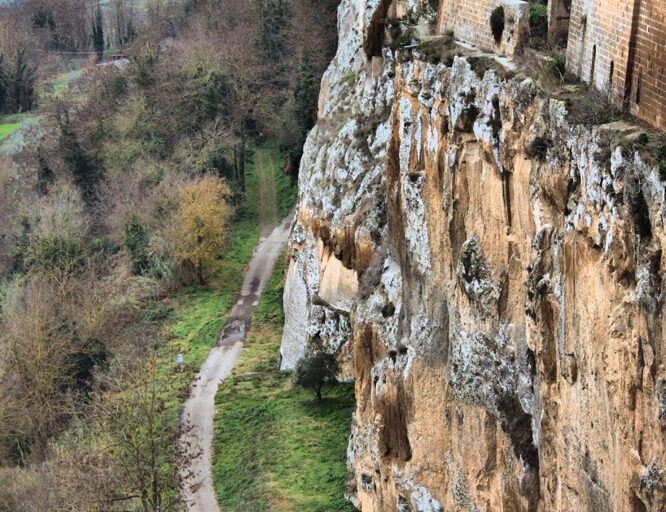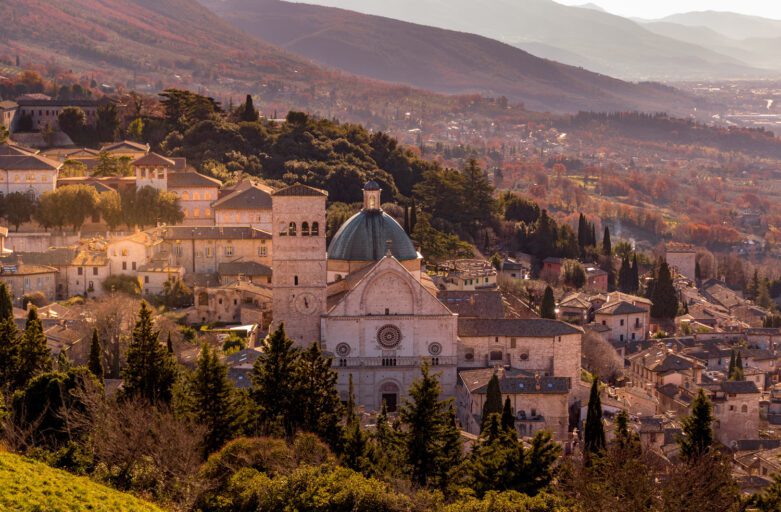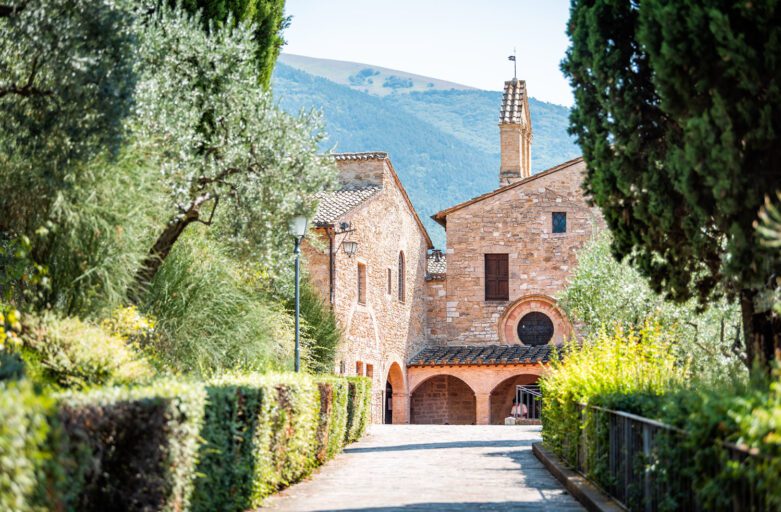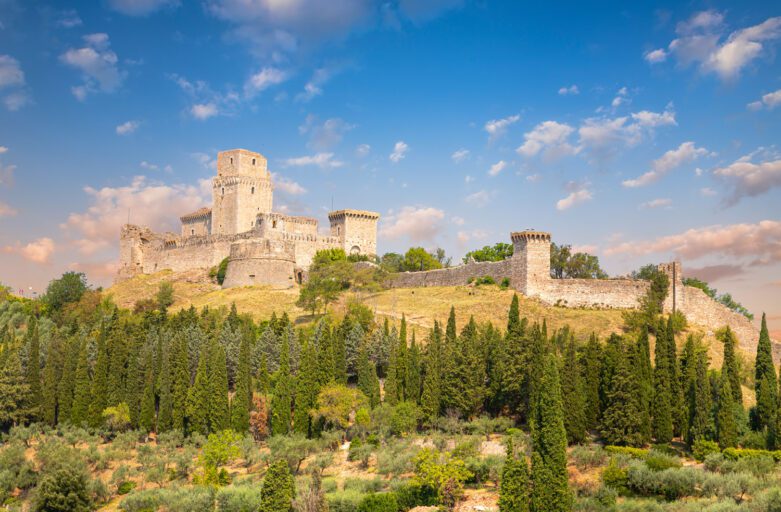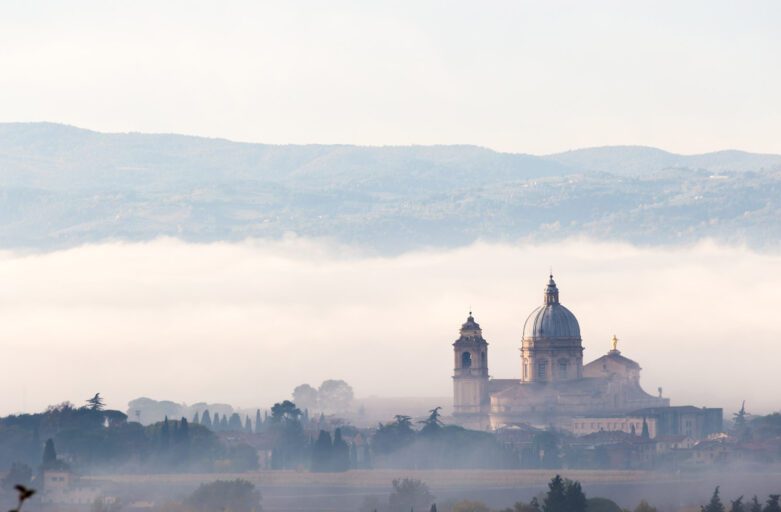Time Machine
The Archaeological Area, at the very core of the so-called Saint Lawrence “Island”, will give you the joy of a discovery trip throughout the centuries. Quite unknown to the local people themselves, these places are hidden inside the hill on which Perugia is built. By entering them, it will become clear how, starting from the Etruscans and via the Romans, then the Papal residence, the town acquired its current shape. Going from the cloister of the cathedral down into the archaeological area can be likened to a time machine that synchronizes its clock with ours more and more as we cross the centuries toward the surface.
